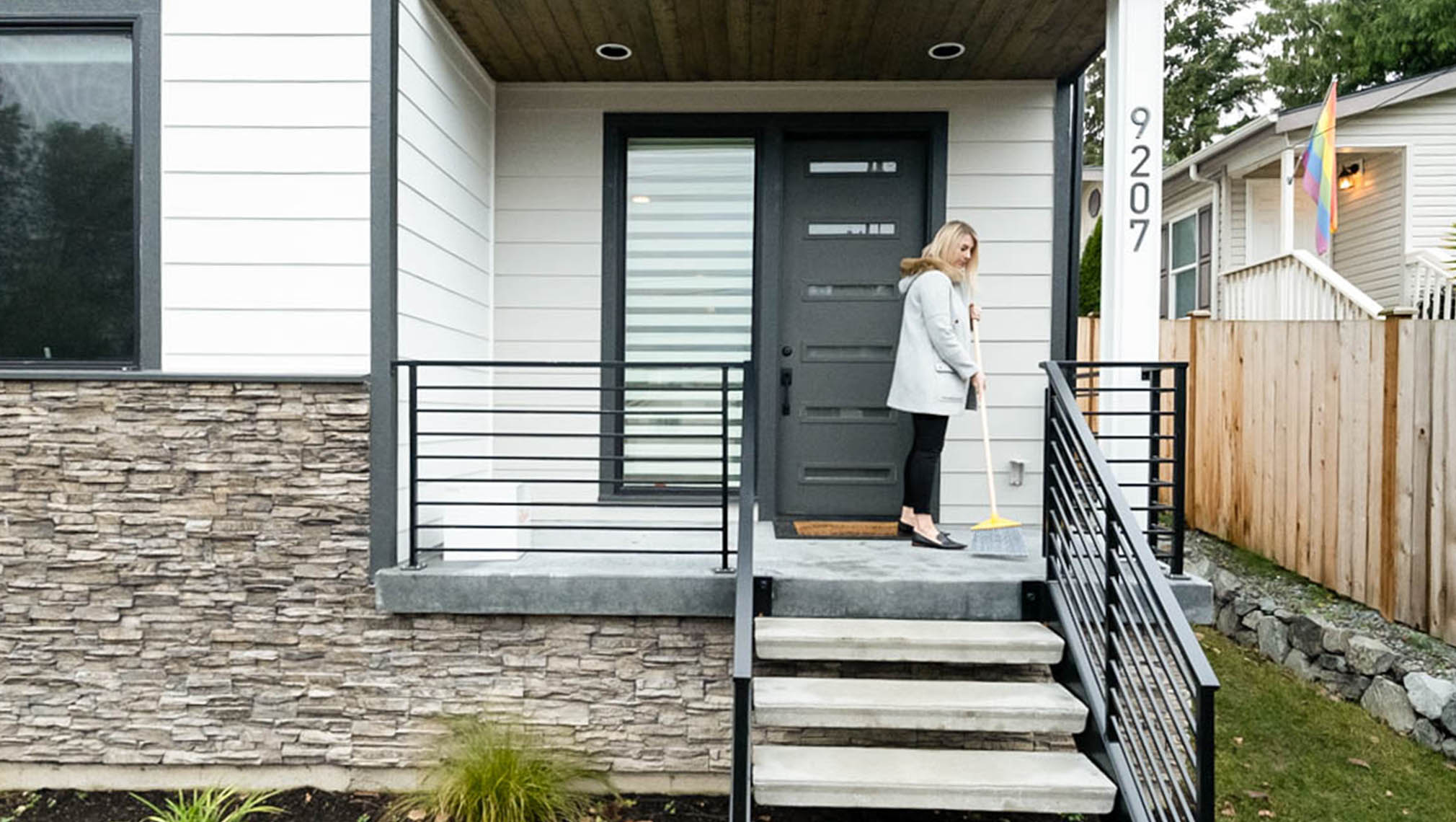5 Tips for a Successful Model Home Tour

May 12, 2021
4 min read
If your model home’s onsite or virtual tours don’t generate high engagement or positive responses from buyers, it might not be that they don’t like the model home: It might be the way your sales team presents it. Buyers won’t buy until they feel excited about a home — and they can’t feel anything until you place them “in the moment.”
Personal positioning is the physical action of placing buyers in the most advantageous places to get the full emotional impact of your messages during model home tours. It’s not a magical power that some people have or don’t — it’s simply taking the time to identify where to place buyers in the home so that everything they see emotionally engages them and sparks their buying journey.
The COVID-19 pandemic has added layers of complexity to the process, and while individual builders have seen walk-in traffic for model home tours start to come back, the need for social distancing and offering remote tours as an alternative are likely here to stay.
On top of that, outsized housing demand and a shortage of materials has led to soaring prices. This makes it essential to point out each feature and detail, so that buyers understand the true value of every square foot of a new home.
These five tips can help you position your model home tour for success. Even in situations where in-person touring is not an option, verbally coaching customers on where to stand while conducting a remote or virtual tour can give them the info they need to make a decision.
1. Use your website and an online sales consultant to generate interest
Your website is one of the first places that home shoppers will go to get more information about what you have available. Make sure you’re giving them as much information up front as possible, including interactive floor plans that they can use to get a full sense of the home. Keep the website interface simple and clean, and only display information for available properties — there’s no need to show people all the properties that have already sold.
An online sales consultant is also a wise hire for supporting prospective buyers who are shopping for a home entirely remotely, perhaps due to health concerns or because they’re located in a different city and considering a relocation.
2. Know what to say — and when and where to say it
Create a script for your tour and make sure it notes what to say or ask and when. For example, highlight energy features when touring the kitchen and living areas, where cooling and heating costs are typically the highest in a home. Or take the opportunity to be transparent about costs when pointing out fit and finish upgrades you offer. If a feature has a dollar value in the sales price, it has presentation power with the buyer.
3. Direct buyers along the way, and don’t skimp on the details
Buyers will follow wherever you lead them, so send them into each space with directions on how to experience it. Make sure they see the magnificent view or a thoughtfully selected amenity. If the space is small, the buyer belongs in it, not you. Verbally guide them from a safe distance so they can enjoy it firsthand. If touring virtually, make sure you’re lingering in those places long enough for your remote viewers to take it all in.
This is also a good time to call out the features and benefits the builder has specifically designed into the home, like extra storage spaces, energy-efficient devices and thoughtful floor plans. Even in a tight space, your direction helps buyers experience everything that might otherwise get only a quick glance before they move on.
4. Give them a 360-degree view
Position buyers to experience the home from all angles as they tour. There are features buyers will see as they walk forward, but there are also great vantage points as they transition between spaces, view from above or below, or see from the corner of their eye. Help them holistically take in the beauty of the home and all the ways they’ll enjoy living there.
5. Practice personal positioning
Rehearse every step of your model home presentation, and be prepared to tell buyers the story of why they should choose you. Learning positioning doesn’t come intuitively — it’s a conscious decision to identify vantage points your buyers should see and feel in the model home. Then you choreograph them into those critical places where you can effectively deliver your messages and unique selling propositions.
Where you guide the buyer to stand as you take them through the model home tour can determine whether or not you make a connection and a sale. When you use positioning to match powerful statements with compelling spaces, you create emotional connections with buyers that can bring them closer to choosing your home.
With 30 years of proven, award-winning success in the housing industry, Kerry Mulcrone uses her experience as a builder consultant, sales trainer and speaker to help organizations develop better synergies and systems. Follow Kerry on Twitter.
Builders, meet buyers.
82 percent of prospective buyers consider new construction.* Make it easy for them to find you – list where they’re looking.
*Zillow New Construction Consumer Housing Trends Report 2025
Learn More